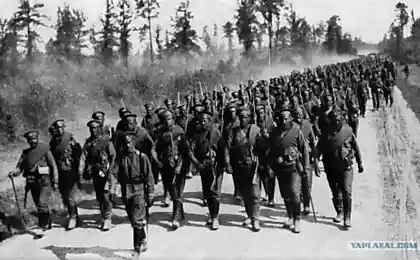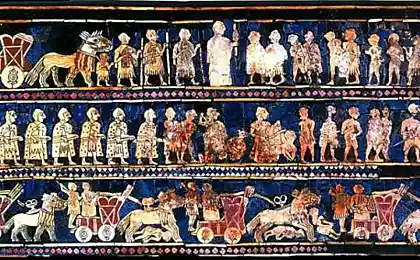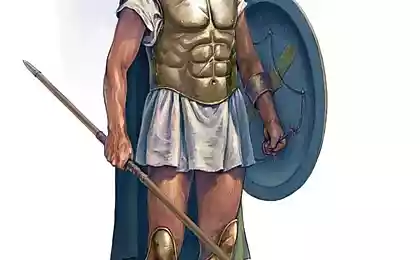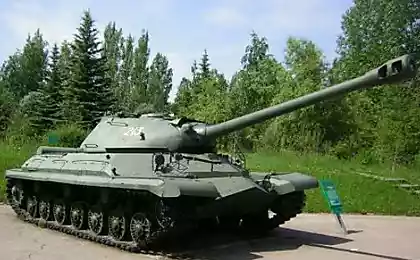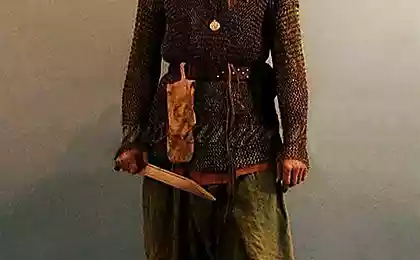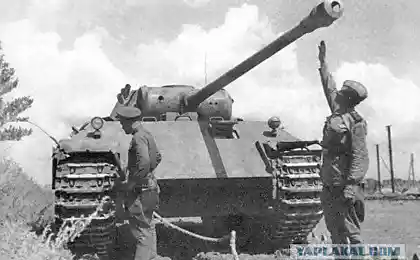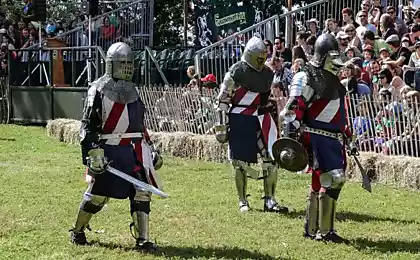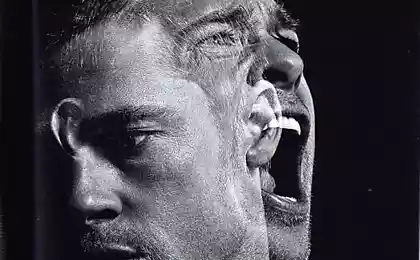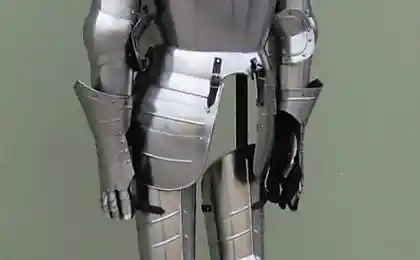3716
Medieval armor
Armet (ital. Armet) - closed cavalry helmet XV-XVI century. A characteristic feature of this helmet are:
Spherical dome (before the cavalry helmets have spheroconical dome);
Chin, consisting of two halves drop in the closed position connected pin;
The second visor, reclining on his head;
Tight-fitting helmet head and neck of the owner. Most Armet (except early) equipped with protection of the neck and collarbone.
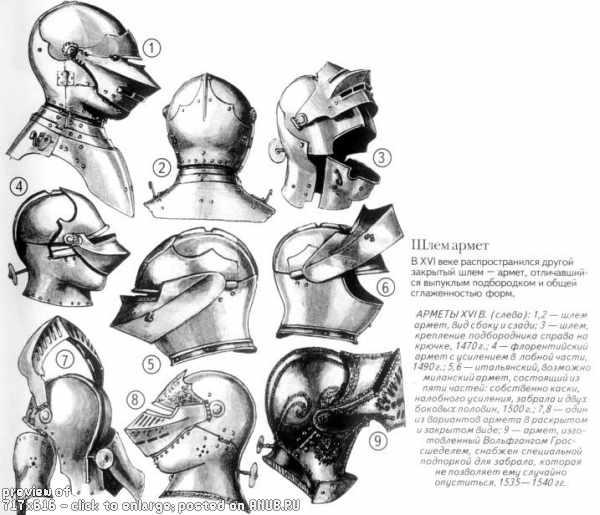
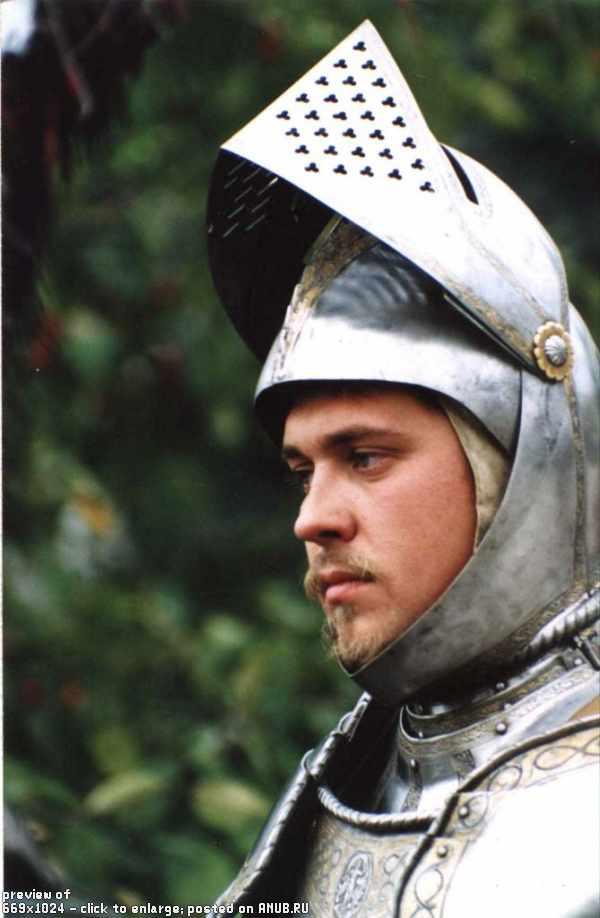
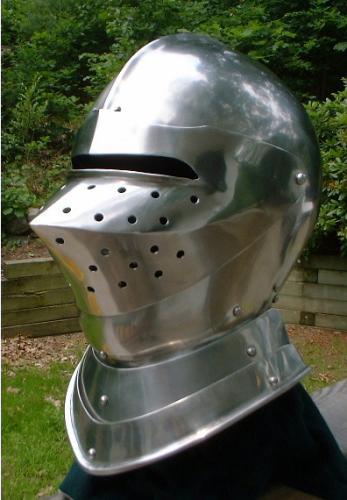
Bascinet (Bascinet) - view of the dome of the helmet of the XIV century with chain mail aventail (aventaylom). Bascinet appears in the 1330-1340 year, representing a hemispherical helmet. Originally bascinets used as an aid for the dressing on his helmet type Heaume, but could be used as an independent unit uniforms. There are plenty of varieties bascinets both in form of the helmet, and the type of fastening zabrala.Suschestvuyut instances that do not use the pick at all, in some - only nanosnik. Bascinets end of the XIV century (especially Italian models) have an almost straight back wall. Bascinets differ in the visor: visor type "Hounskull" (It. "Muzzle the dog") is a highly elongated conical forward visor. Depending on the type of attachment took distinguished: bascinet in which the visor mounted on the two loops on the sides of the helmet and bascinets that have the mount on the front of the helmet, to which you can attach nanosnik unfastened visor worn by the Grand Slam. This feature is typically German bascinets called «klappvisier». Since the beginning of the XV century bascinet begins to transform to grandbatsinet that appeared in the 1390-1400 biennium.
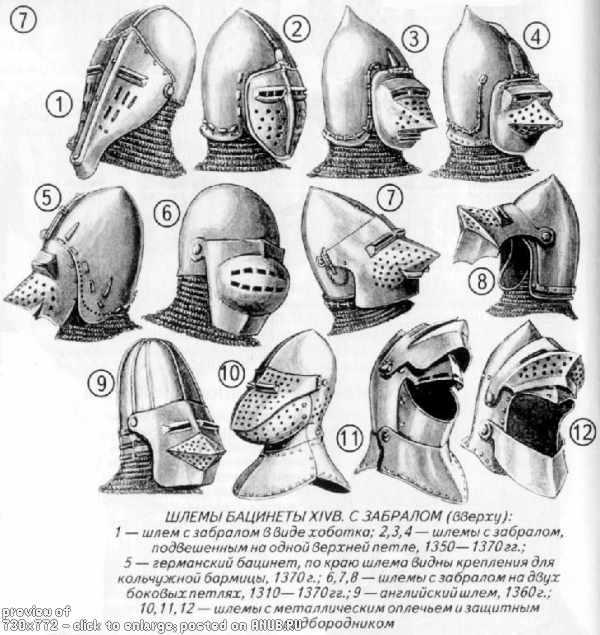
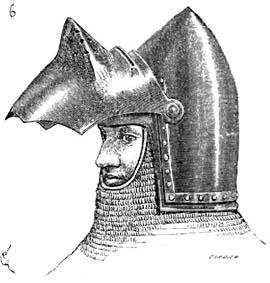
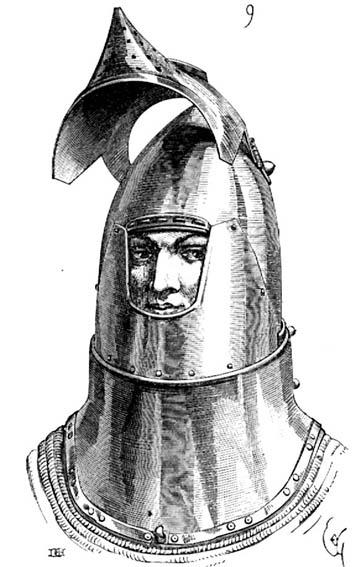
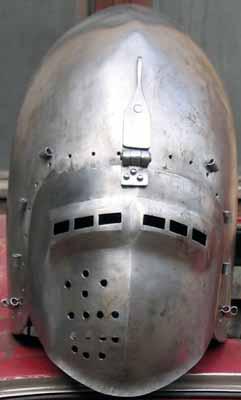
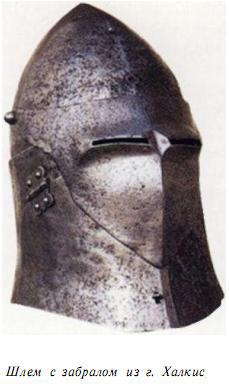
Liners. Those who believe that the helmet is worn on the head unlined badly mistaken.
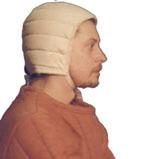

Roman helmets
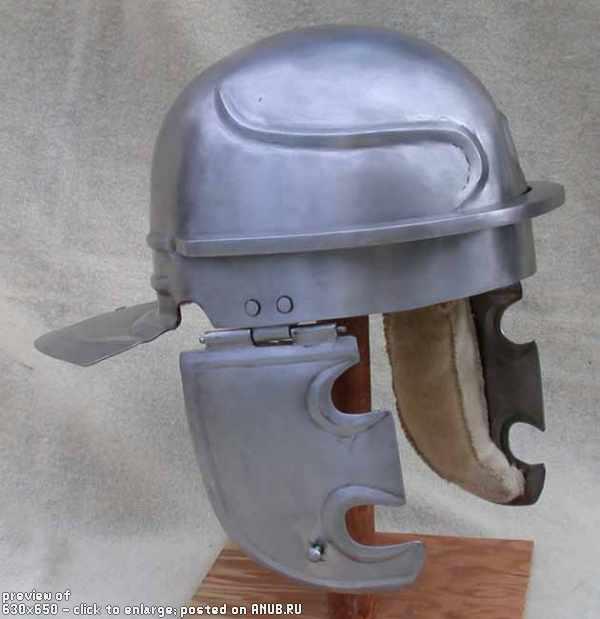
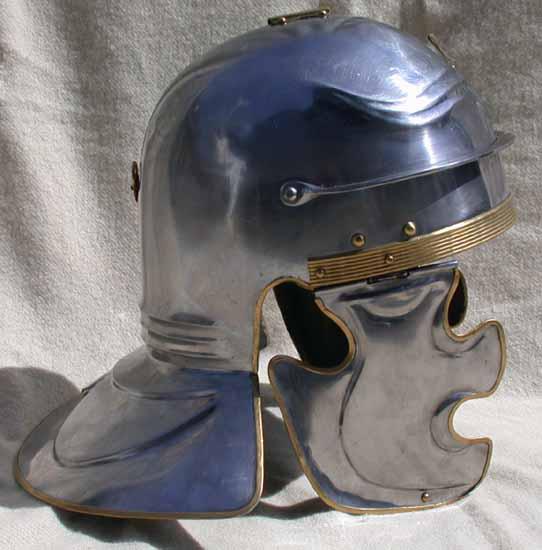
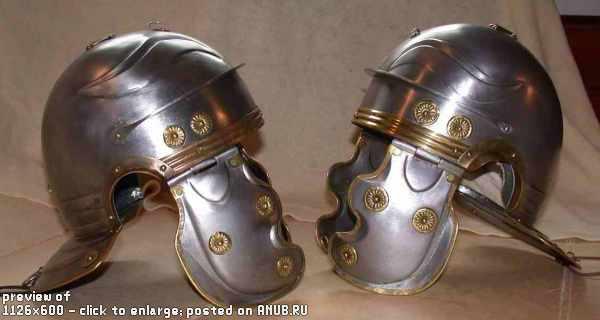
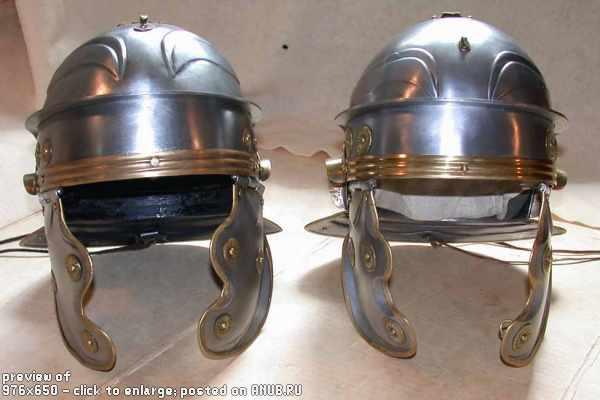
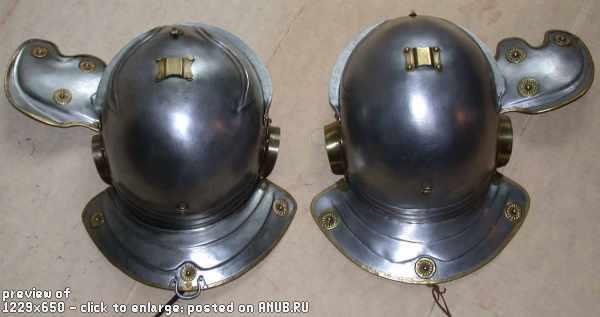
Salado (singular Russian. Sallad / Russian. Salad from the French. Salade, in turn descended from Italian. Celata; that is curious in German Italian. Celata initially transcribed as it. Tschelede, but then gradually acquired its modern look. Schalern, and in Italy. celata turned into Spanish. cabacete, who later became the name odnoimёnnnogo helmet kabasset) - a group of helmets (of the XIV - XVI) leading its origin from bascinet different shapes (similar to the helmet, similar to the hat) but having as a common feature the presence nazatylnika (especially long in German salladov) and longitudinal ribs rigidity, often (but not necessarily) turns into a real crest there is an option t. n. Infantry salade without a visor.
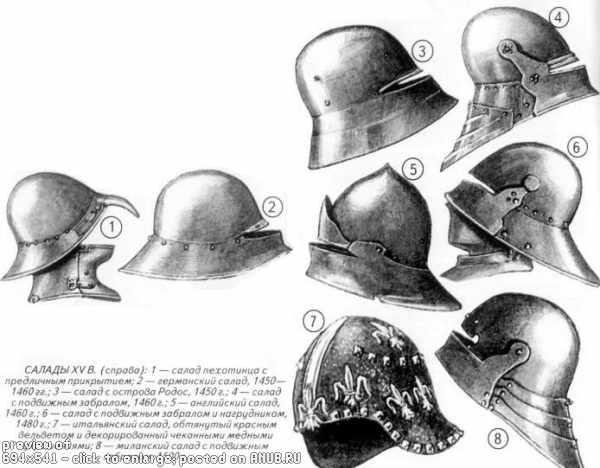
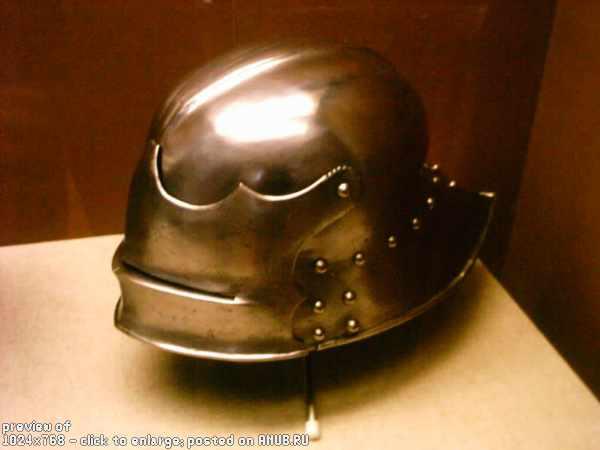
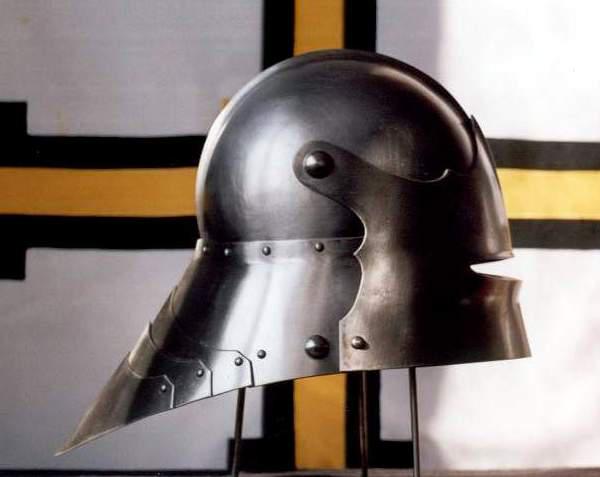
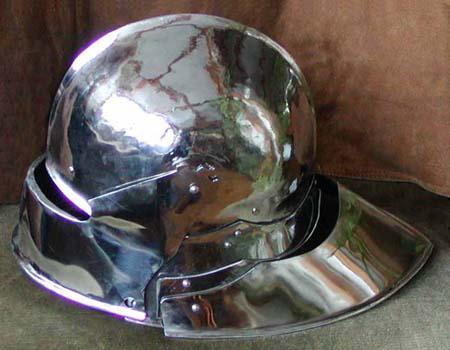
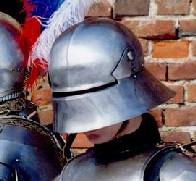
Cappellini or Chapelle - the general name of the simplest types of helmets in the form of metal caps with the fields. In Chapelle was not provided aventail, half masks or pick up, but the form of their very varied greatly. These options were one of the cheapest and used by infantry. This type can also be considered and helmets end of the era of heavy armor (XVI-XVII century), such as helmets of the conquistadors.
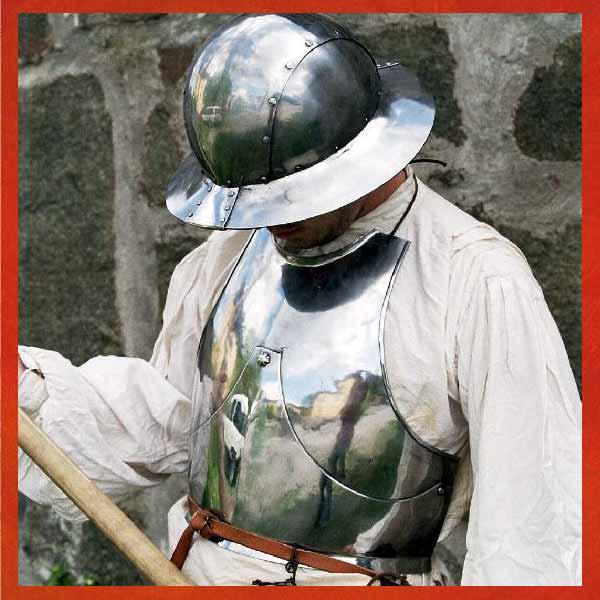
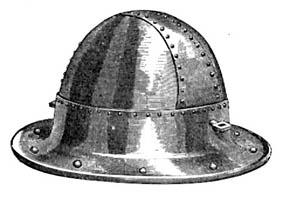

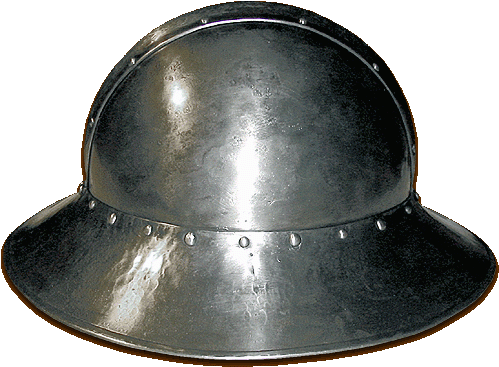
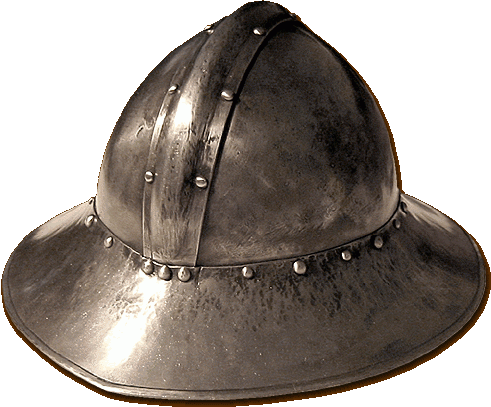
Late kind of pot helmet, wherein a pointed crown which slipped better blow, but that little is suitable for fixing helmet heraldic figures. According to some assumptions, some embodiments of the sugar head could be taken away, whose existence has not been proven (by the alternative hypothesis - it does not pick up, and plate naklёpannaya personal gain).
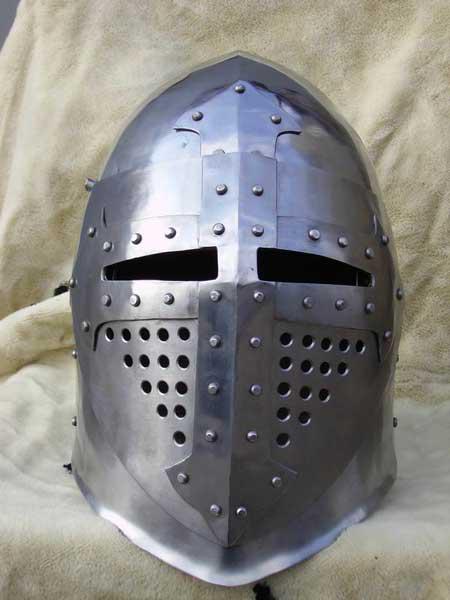
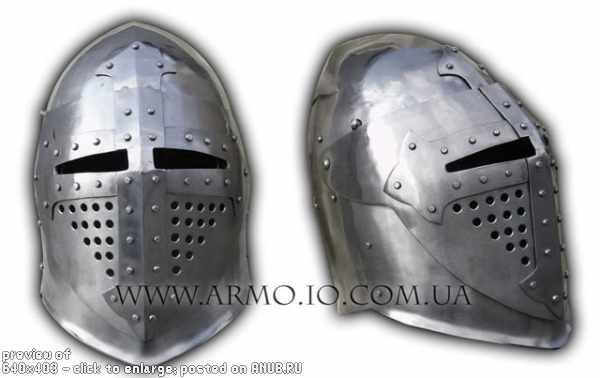

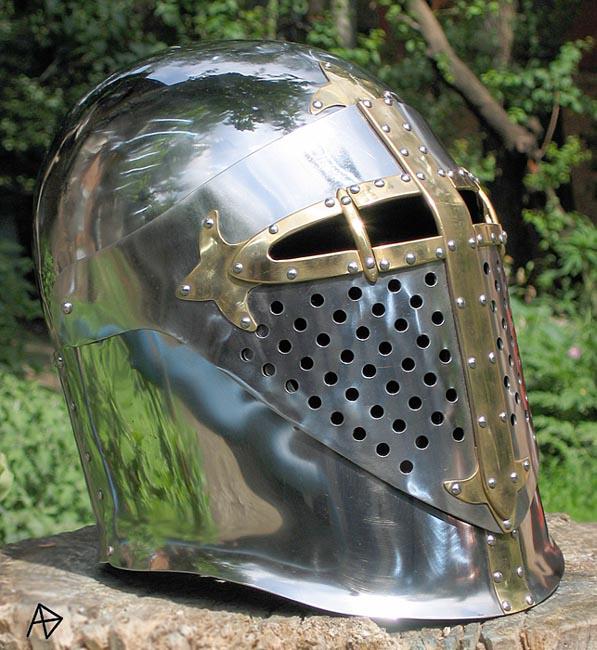
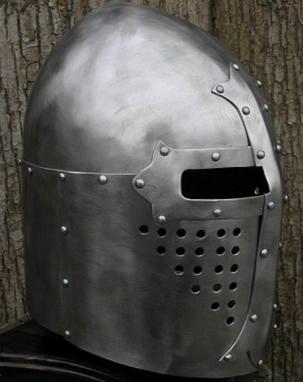
Great helm (from it. Topfhelm - «The pot helmet" or English. Great Helm / English. Grand Helm - a great, great helmet) - European style helmets, which appeared during the Crusades. The shape of a cylindrical, pot-, barrel-shaped or in the form of a truncated cone, completely hides the face of a warrior. Below slits for the eyes often drilled small holes for better ventilation. An important detail of the classic Great helm were two long metal strips held together by a plate of which was riveted helmet, which were located on the front of the cross-shaped. Aventail such helmets usually had (from all the surviving specimens, only one is aventail). Wear Great helm usually over a Chain Hood - Kauf (from the French. Coif - «hood" or top hat spheroconical (bascinet) or small round hat (Cervelliere) with quilted balaclavas for collision of a lance, and then during the battle often filmed since was uncomfortable and severely restricts the review.
Great helm gave good protection, but because of the high cost and limited review mainly used heavy cavalry. Widely used until the end of the XIV century. Later modifications of the tournament has given rise to the so-called toad's head.
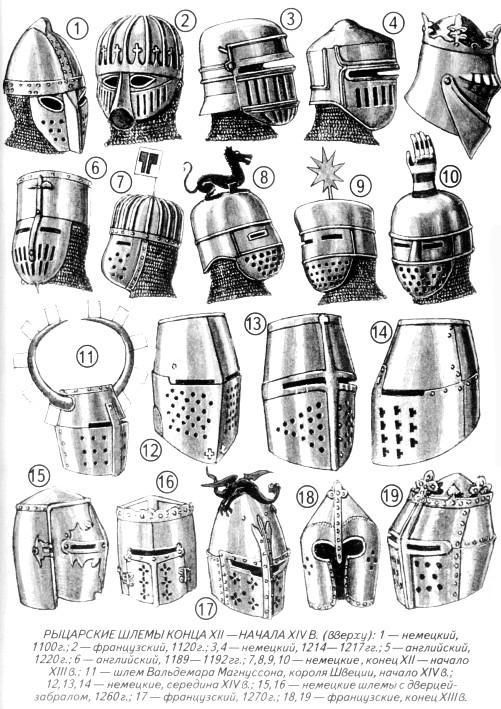
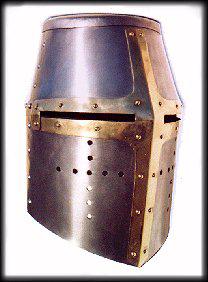
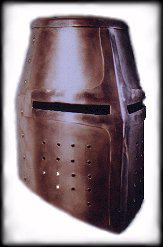
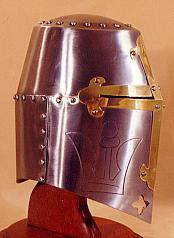
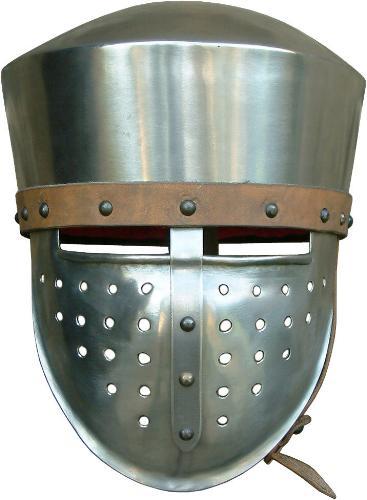
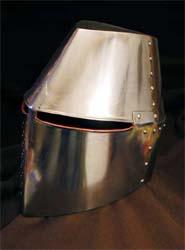
Spherical dome (before the cavalry helmets have spheroconical dome);
Chin, consisting of two halves drop in the closed position connected pin;
The second visor, reclining on his head;
Tight-fitting helmet head and neck of the owner. Most Armet (except early) equipped with protection of the neck and collarbone.



Bascinet (Bascinet) - view of the dome of the helmet of the XIV century with chain mail aventail (aventaylom). Bascinet appears in the 1330-1340 year, representing a hemispherical helmet. Originally bascinets used as an aid for the dressing on his helmet type Heaume, but could be used as an independent unit uniforms. There are plenty of varieties bascinets both in form of the helmet, and the type of fastening zabrala.Suschestvuyut instances that do not use the pick at all, in some - only nanosnik. Bascinets end of the XIV century (especially Italian models) have an almost straight back wall. Bascinets differ in the visor: visor type "Hounskull" (It. "Muzzle the dog") is a highly elongated conical forward visor. Depending on the type of attachment took distinguished: bascinet in which the visor mounted on the two loops on the sides of the helmet and bascinets that have the mount on the front of the helmet, to which you can attach nanosnik unfastened visor worn by the Grand Slam. This feature is typically German bascinets called «klappvisier». Since the beginning of the XV century bascinet begins to transform to grandbatsinet that appeared in the 1390-1400 biennium.





Liners. Those who believe that the helmet is worn on the head unlined badly mistaken.


Roman helmets





Salado (singular Russian. Sallad / Russian. Salad from the French. Salade, in turn descended from Italian. Celata; that is curious in German Italian. Celata initially transcribed as it. Tschelede, but then gradually acquired its modern look. Schalern, and in Italy. celata turned into Spanish. cabacete, who later became the name odnoimёnnnogo helmet kabasset) - a group of helmets (of the XIV - XVI) leading its origin from bascinet different shapes (similar to the helmet, similar to the hat) but having as a common feature the presence nazatylnika (especially long in German salladov) and longitudinal ribs rigidity, often (but not necessarily) turns into a real crest there is an option t. n. Infantry salade without a visor.





Cappellini or Chapelle - the general name of the simplest types of helmets in the form of metal caps with the fields. In Chapelle was not provided aventail, half masks or pick up, but the form of their very varied greatly. These options were one of the cheapest and used by infantry. This type can also be considered and helmets end of the era of heavy armor (XVI-XVII century), such as helmets of the conquistadors.





Late kind of pot helmet, wherein a pointed crown which slipped better blow, but that little is suitable for fixing helmet heraldic figures. According to some assumptions, some embodiments of the sugar head could be taken away, whose existence has not been proven (by the alternative hypothesis - it does not pick up, and plate naklёpannaya personal gain).





Great helm (from it. Topfhelm - «The pot helmet" or English. Great Helm / English. Grand Helm - a great, great helmet) - European style helmets, which appeared during the Crusades. The shape of a cylindrical, pot-, barrel-shaped or in the form of a truncated cone, completely hides the face of a warrior. Below slits for the eyes often drilled small holes for better ventilation. An important detail of the classic Great helm were two long metal strips held together by a plate of which was riveted helmet, which were located on the front of the cross-shaped. Aventail such helmets usually had (from all the surviving specimens, only one is aventail). Wear Great helm usually over a Chain Hood - Kauf (from the French. Coif - «hood" or top hat spheroconical (bascinet) or small round hat (Cervelliere) with quilted balaclavas for collision of a lance, and then during the battle often filmed since was uncomfortable and severely restricts the review.
Great helm gave good protection, but because of the high cost and limited review mainly used heavy cavalry. Widely used until the end of the XIV century. Later modifications of the tournament has given rise to the so-called toad's head.







